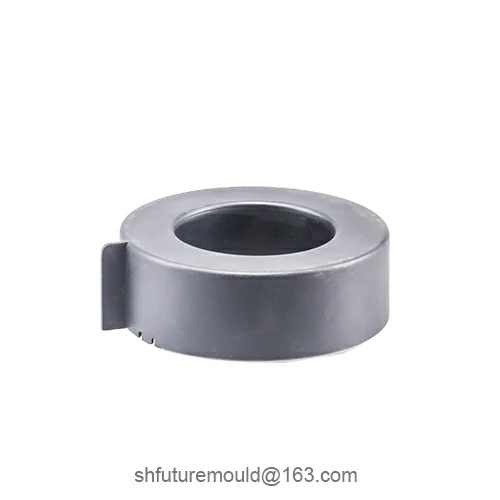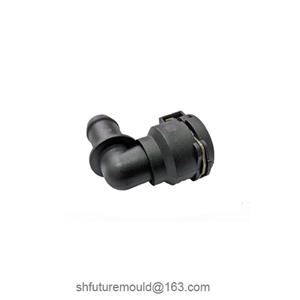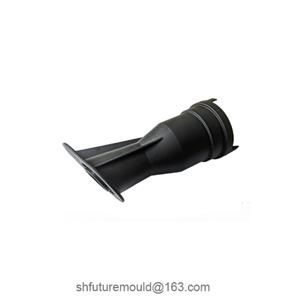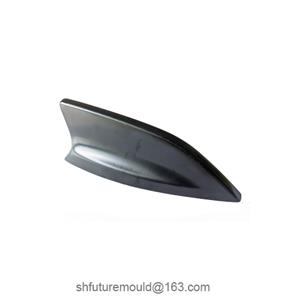When to Choose a Hot Runner System?
A Hot Runner System is a thermal control device in injection molds that maintains melt temperature between the gate and runner, preventing cooling-induced blockages. Compared to traditional cold runner systems, hot runners significantly reduce material waste and improve production efficiency, though they come with higher costs and maintenance requirements.
Scenarios for Selecting a Hot Runner System
1. Multi-Cavity Molds & High-Volume Production
Multi-cavity molds (≥4 cavities): Cold runners require individual runners for each cavity, multiplying waste and cycle time. Hot runners control a single runner temperature, limiting waste to minimal gate-tip trimming, boosting cycle efficiency.
Large annual/monthly output: When monthly production exceeds hundreds of thousands of parts, the saved cycle time and material waste from hot runners rapidly offset initial costs.
2. High Demands for Aesthetics & Surface Quality
No gate marks or micro-hidden gates: Hot runners paired with needle valves or thermal gates enable gate-free or ultra-fine gates, enhancing product appearance.
High-gloss, transparent, or multi-color parts: Hot runners prevent weld lines and uneven cooling, ensuring surface smoothness and clarity. They also enable precise multi-color injection via sequential dosing.
3. Precision Small Parts & Complex Structures
Extremely thin walls (<0.8 mm) or tight tolerances (within ±0.05 mm): Hot runners provide stable, temperature-uniform melt flow, minimizing warpage, black spots, and short shots.
Long runners or deep cavities: Cold runners risk cold slug formation, causing flow insufficiency. Hot runners maintain full melt fluidity for intricate flow paths.
4. Environmental & Cost-Recovery Requirements
Reduced material waste: Cold runner waste (runners + gates) cannot be reused, while hot runners discard minimal gate tips. Mixed materials can be recycled, lowering costs.
Energy savings & emission reduction: Shorter mold-closing-injection-opening cycles reduce machine energy consumption. Aligns with green manufacturing goals and ISO 14000 compliance.
5. Material Properties & Processing Needs
Engineering/high-performance plastics (e.g., PPS, PA66, LCP, PC): These materials have high viscosity and fast crystallization. Cold runners risk clogging or rapid cooling; hot runners ensure precise temperature control for flow stability and molecular integrity.
Hard-to-process or degradable materials (e.g., bio-based plastics, PET): Hot runners minimize high-temperature residence time, reducing thermal degradation risks.
- Injection Mold
- Automotive Injection Mold
- Electronics & Electrical Injection Mold
- Consumer Goods Injection Mold
- Airplane Components Injection Mold
- Medical Components Injection Mold
- Irrigation Components Injection Mold
- Injection Molds




